Cart
CPR: The Importance of Life-Saving Skills
In today’s fast-paced world, where technology continues to advance at an unprecedented rate, it is easy to become complacent about the basic life-saving skills that could potentially save a loved one’s life. Cardiopulmonary resuscitation (CPR) is one such crucial skill that everyone should possess, yet it is often overlooked or forgotten. However, now is the time to renew our commitment to CPR and rekindle its importance.
CPR is a technique used to manually keep the blood and oxygen flowing through a person’s body when their heart has stopped beating or is beating ineffectively. It involves chest compressions and rescue breaths, which help to simulate the natural circulation and breathing process. By performing CPR, bystanders can buy precious time until professional medical help arrives, significantly increasing a person’s chances of survival.
Unfortunately, statistics show that the majority of people do not know how to perform CPR or are not confident in their abilities to do so effectively. This knowledge gap could have fatal consequences, as sudden cardiac arrest can strike anyone, regardless of age or overall health. Research suggests that immediate CPR can double or even triple a person’s chances of survival, reinforcing the vital importance of having a well-trained population.
One of the reasons why people hesitate to perform CPR is the fear of causing harm. However, it is crucial to remember that any attempt at CPR is better than doing nothing at all. In fact, CPR performed by untrained individuals is still proven to be more effective than no intervention at all. Additionally, advancements in CPR guidelines have simplified the process, making it easier for anyone to learn and perform effectively.
For those who have previously undergone CPR training, it is essential to refresh their knowledge regularly. Guidelines and techniques may be updated over time, and staying up-to-date ensures that individuals are equipped with the most current and effective methods. Regular practice also helps to build muscle memory, allowing for a more confident and efficient response in emergency situations.
In recent years, technology has also played a significant role in making CPR training more accessible and engaging. Online platforms now offer interactive courses, allowing individuals to learn and practice CPR from the comfort of their own homes. These virtual training programs provide a flexible and convenient way to renew CPR skills, as they can be accessed at any time and from anywhere.
Furthermore, organizations and community groups can contribute to the practicing of CPR skills by hosting training sessions and awareness campaigns. By partnering with local healthcare providers or the American Heart Association (AHA), these groups can empower individuals with the knowledge and confidence needed to take action in an emergency. Schools, workplaces, and public spaces should also consider implementing CPR training as a mandatory requirement, ensuring that more people are prepared to respond to cardiac emergencies.
Adapting CPR skills is not only about empowering individuals but also about fostering a stronger and more resilient society. By equipping more people with life-saving skills, we can create a community that is better prepared to handle emergencies and support one another. The more people who are trained in CPR, the more likely it is that someone will be present in a time of need.
In conclusion, renewing CPR skills is a matter of utmost importance. The potential to save lives should be incentive enough for individuals to invest their time and effort in refreshing this life-saving technique. By embracing the latest guidelines, utilizing technology for training, and fostering awareness within our communities, we can ensure that the vital skill of CPR remains at the forefront of every individual’s mind. Let us rekindle the importance of CPR and commit to renewing our skills to be prepared to save lives.
